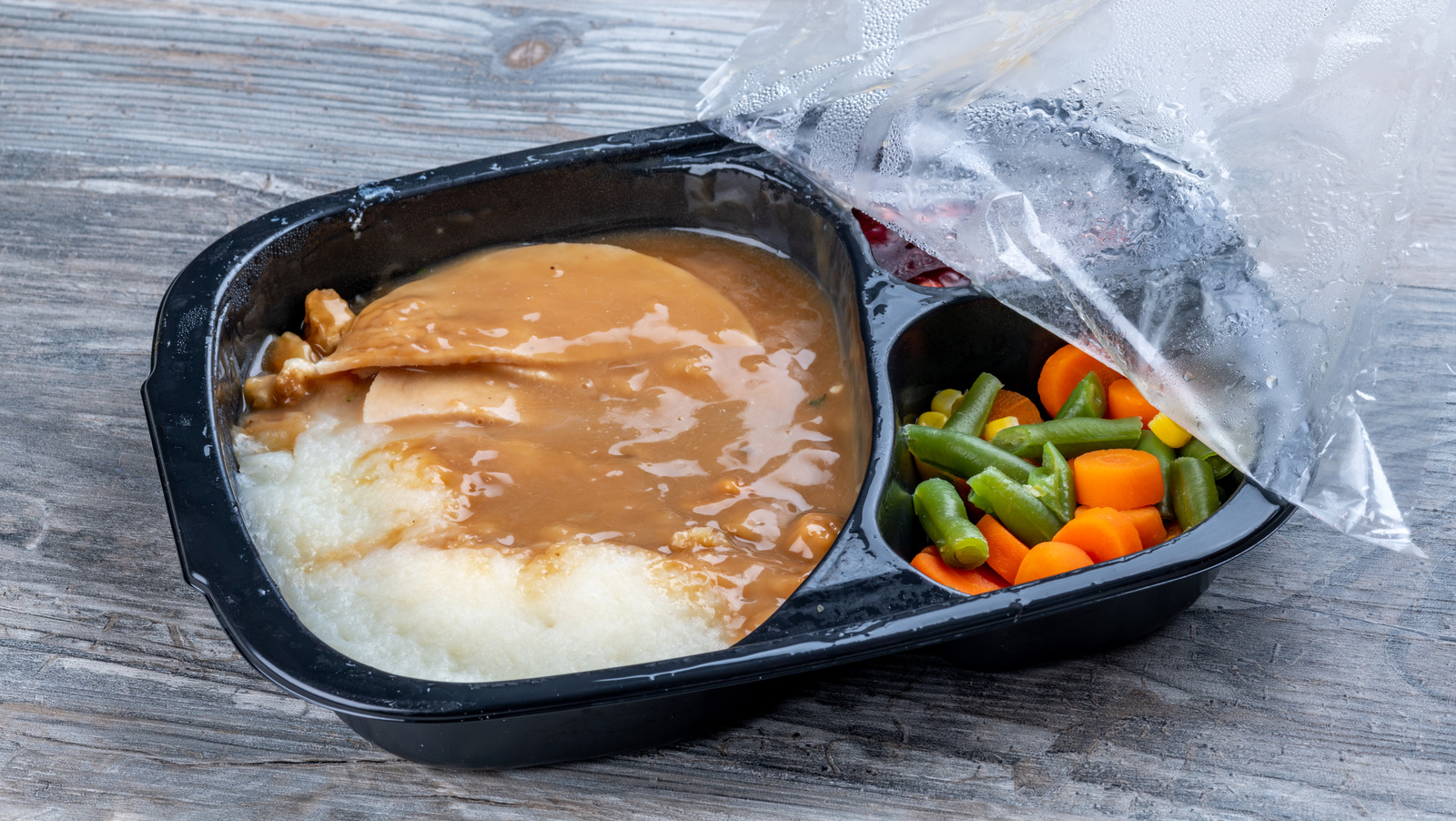[ad_1]

Originally sold in aluminum trays, TV dinners were overhauled in the 1980s to become near-instant microwaveable meals in plastic containers. Despite the convenience of this update, many diners gradually became concerned about the nutritional value of these ultra-easy meals. The public developed a perception that microwaved TV dinners were lacking in essential nutrients and were highly processed, full of saturated fats and sodium.
A TV dinner cooked in the oven might at least retain the appearance of something home-cooked, but plastic-packed dinners that could be heated in mere minutes strayed too far from the original concept. The final nail in the coffin may have been the myriad studies released in the early 2000s, revealing that microwave-safe plastic isn’t exactly safe for the people eating out of it, making microwaveable meals even less appealing to a health-conscious public.
TV dinners experienced a drop-off in popularity after that, with sales plateauing through the early 2000s. The late ’90s through the early 2000s saw the peak of the farm-to-table movement and increased interest from American consumers in the origins of their food. Consumers no longer wanted questionable frozen food cooked and packaged in a facility thousands of miles away; those who could afford it wanted to eat fresh and local. Fast food chains began to see competition from fast-casual spots like Sweetgreen (opened in 2007), which emphasized customizable dishes made in front of the consumer, instead of cookie-cutter factory meals.
[ad_2]
#Dinners #Fell #Popularity
Why TV Dinners Fell Out Of Popularity



